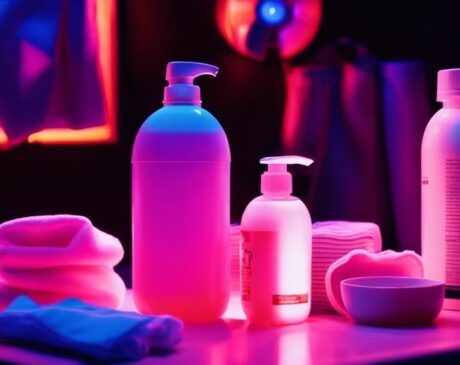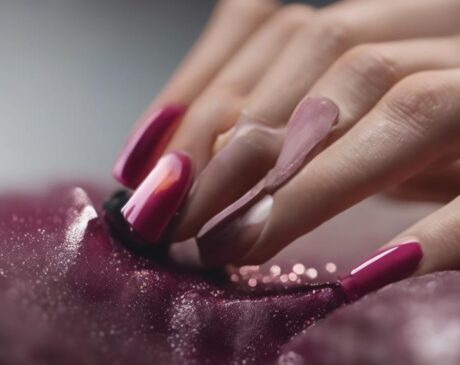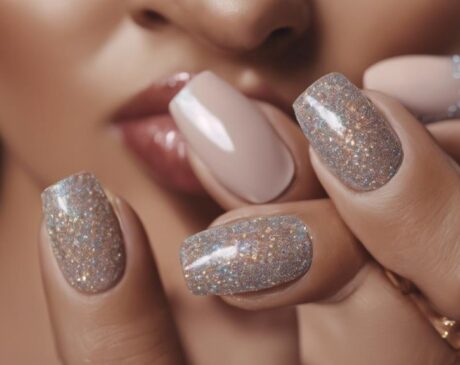Why Do My Fake Nails Hurt so Bad?
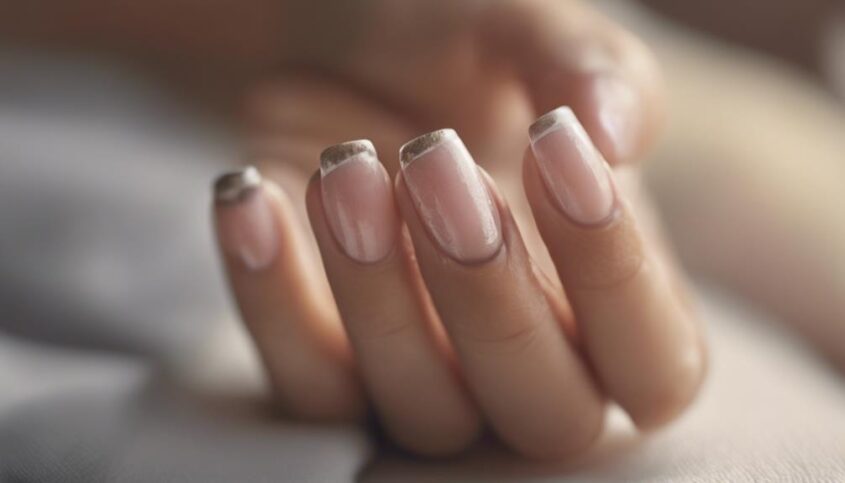
Wearing fake nails may hurt due to reasons like nail bed damage, poor application, allergies, wrong sizing, excess pressure, neglecting care, and underlying health issues. It's important to address these issues for comfort and nail health.
Key Takeaways
- Nail bed damage from prolonged use can cause pain and sensitivity.
- Incorrect application, tightness, and adhesive sensitivity may lead to discomfort.
- Allergic reactions to chemicals in fake nails can result in pain.
- Mismatched nail size and excessive pressure can cause pain and discomfort.
- Improper application can lead to nail bed pressure, soreness, and potential infections.
Nail Bed Damage
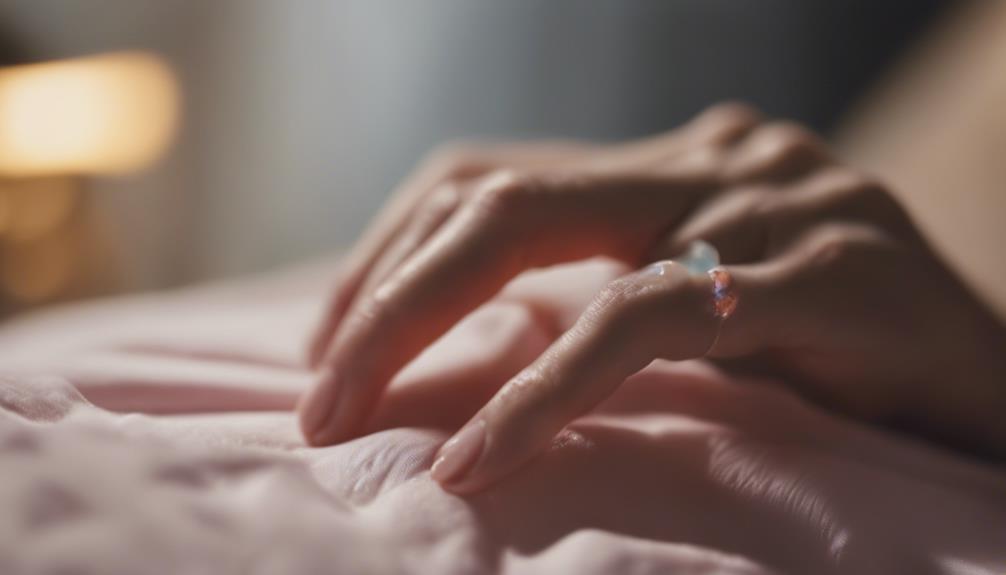
Nail bed damage, often caused by the prolonged use of fake nails, can lead to various issues such as pain, sensitivity, and even infection. The nail bed is a vital part of the finger where the nail grows and is rich in nerves and blood vessels. Continuous use of artificial nails can put pressure on the nail bed, leading to discomfort and pain. This pressure can also cause the nail bed to become sensitive, making simple tasks like typing or picking up objects painful.
Moreover, the application and removal of fake nails can damage the nail bed's protective layer, leaving it vulnerable to infections. Bacteria and fungi can easily penetrate the damaged nail bed, resulting in inflammation and potential infections. To prevent nail bed damage, it is crucial to give your nails breaks between artificial applications, ensure proper hygiene during the process, and choose reputable nail technicians who prioritize the health of your nails. By being mindful of the health of your nail bed, you can enjoy the beauty of fake nails without compromising on comfort or safety.
Incorrect Nail Application
Improper nail application can lead to discomfort and pain. When nails are applied too tightly, they can put pressure on the nail bed, causing soreness. Additionally, some individuals may experience sensitivity or allergic reactions to the adhesive used for fake nails.
Nail Too Tight
When nails are applied too tightly, discomfort and pain can result from the pressure on the nail bed. This can happen due to various reasons such as incorrect sizing or improper application techniques. To address this issue effectively, consider the following:
- Proper Sizing: Ensure that the fake nails fit the natural nail correctly without causing undue pressure.
- Adjust Application Technique: Modify the way the nails are applied to reduce tension on the nail bed.
- Use Quality Products: Opt for high-quality fake nails and adhesive to prevent unnecessary tightness.
- Regular Maintenance: Monitor the condition of your fake nails and seek professional help if discomfort persists.
Glue Sensitivity
Sensitivity to the adhesive used during fake nail application can lead to discomfort and irritation for individuals who may have a reaction to certain ingredients. Some common symptoms of glue sensitivity include redness, itching, swelling, or a burning sensation around the nail area. It is essential to identify the specific adhesive causing the reaction to avoid further discomfort.
| Adhesive Type | Common Ingredients |
|---|---|
| Cyanoacrylate | Ethyl cyanoacrylate |
| Methacrylate | Ethyl methacrylate |
| Epoxy | Diamine |
| Formaldehyde-based | Formaldehyde resin |
Choosing adhesives with fewer harsh chemicals or opting for hypoallergenic alternatives can help prevent reactions and ensure a more comfortable fake nail application experience.
Allergic Reactions
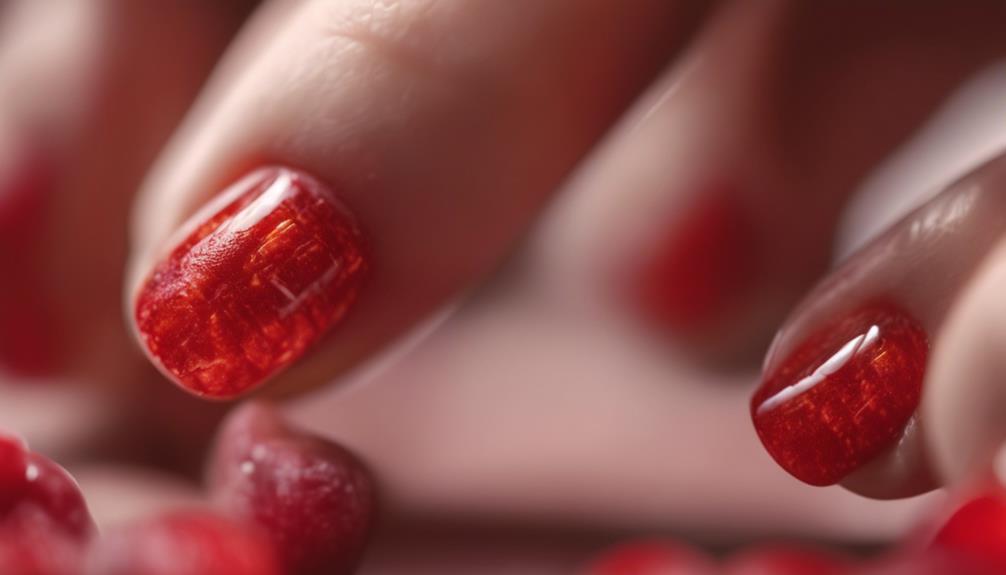
Experiencing adverse skin reactions such as redness, itching, or swelling is a common indicator of allergic responses to the chemicals present in fake nails. Allergic reactions can be bothersome and even painful for individuals who enjoy wearing artificial nails for aesthetic purposes. Here are some key points to consider regarding allergic reactions to fake nails:
- Chemical Sensitivity: Some individuals may be sensitive to the chemicals found in the adhesive, primer, or acrylic used in fake nails, leading to allergic reactions upon application.
- Delayed Onset: Allergic reactions to fake nails may not occur immediately but could develop over time with repeated exposure to the chemicals, making it important to monitor any skin changes.
- Cross-Reactivity: People allergic to certain substances may experience cross-reactivity with the chemicals in fake nails, exacerbating the allergic response.
- Consultation: If experiencing persistent allergic reactions to fake nails, seeking advice from a dermatologist can help identify the specific allergen causing the issue and provide guidance on suitable alternatives.
Nail Size and Shape
In the realm of artificial nails, the size and shape of the nail can significantly impact both aesthetics and comfort. When choosing fake nails, it's essential to consider not only the design but also the dimensions that best suit your natural nails. Nail size refers to the width of the nail, which can vary from narrow to wide, while nail shape encompasses options like square, round, almond, coffin, or stiletto. Finding the right balance between size and shape is crucial to ensure that your artificial nails look stylish and feel comfortable without causing unnecessary pressure or pain.
To help you make an informed decision, here is a comparison table showcasing different nail sizes and shapes:
| Nail Shape | Description | Best Suited For |
|---|---|---|
| Square | Straight-across | Everyday wear |
| Almond | Tapered sides | Elegant look |
| Coffin | Square with tapered tip | Trendy styles |
| Round | Curved edges | Low-maintenance |
| Stiletto | Sharp pointed tip | Dramatic appearance |
Consider your style preferences and daily activities when selecting the size and shape of your artificial nails to achieve a look that is both fashionable and comfortable.
Excessive Nail Pressure
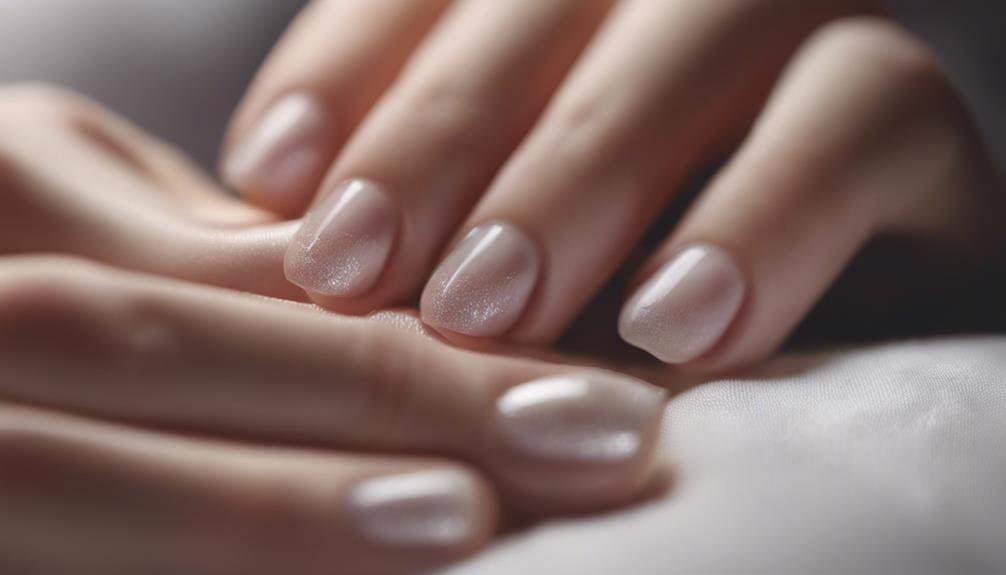
Excessive nail pressure can result from a mismatch in nail size or tight application of artificial nails. This can lead to discomfort, pain, or even long-term damage to the natural nails underneath. Understanding how to properly size and apply fake nails is crucial in preventing unnecessary pressure and ensuring nail health.
Nail Size Mismatch
An ill-fitting nail size can lead to discomfort and pain due to increased pressure on the nail bed. This mismatch can cause various issues, including:
- Nail Lifting: When the fake nail is too large, it can lift from the natural nail, creating a gap where water and bacteria can accumulate.
- Nail Breakage: Excessively large fake nails are more prone to breaking due to increased stress on the nail bed.
- Infection Risk: A larger fake nail can press against the surrounding skin, leading to irritation and potentially causing an infection.
- Uneven Pressure: Misaligned fake nails can exert uneven pressure on the natural nail, resulting in discomfort and pain.
Tight Nail Application
Improperly fitting fake nails can lead to discomfort and potential issues, such as tight nail application causing excessive pressure on the nail bed. When fake nails are applied too tightly, they can press down on the natural nail, leading to pain and soreness. This excessive pressure can also result in nail damage, such as nail plate thinning or even separation from the nail bed. To avoid these issues, it is crucial to ensure that fake nails are applied with just the right amount of pressure – snug enough to stay in place securely, but not overly tight. By prioritizing proper nail application techniques and avoiding excessive pressure, individuals can enjoy the benefits of fake nails without the discomfort associated with tight nail application.
Poor Nail Maintenance
Inadequate nail care practices can lead to discomfort and potential damage to the nail bed. Poor nail maintenance can exacerbate the discomfort experienced with fake nails and also compromise natural nail health. To ensure optimal nail health and comfort, consider the following innovative nail care practices:
- Proper Hydration: Keep nails well-hydrated by using cuticle oil or moisturizer regularly to prevent dryness and brittleness.
- Gentle Removal: Avoid harsh removal methods such as picking or forcefully pulling off fake nails, as this can damage the natural nail bed.
- Regular Trimming: Trim fake nails to an appropriate length to prevent them from catching on objects and causing discomfort.
- Healthy Diet: Maintain a balanced diet rich in vitamins and minerals essential for nail health, such as biotin and vitamin E.
Underlying Nail Health Issues

Insufficient attention to proper nail maintenance may reveal underlying nail health issues that can contribute to discomfort and potential damage when wearing fake nails. Nail health problems such as fungal infections, psoriasis, or eczema can weaken the nails, making them more susceptible to pain and irritation from artificial enhancements. These conditions may compromise the integrity of the natural nail, causing sensitivity and pain when fake nails are applied. Additionally, nutritional deficiencies, hormonal imbalances, or systemic diseases can manifest in the nails, affecting their strength and health.
Furthermore, continuous use of fake nails without addressing these underlying health issues can exacerbate the discomfort and lead to more severe consequences. It is crucial to prioritize nail health and seek professional advice if persistent pain or sensitivity occurs while wearing fake nails. Addressing the root causes of nail problems is essential for maintaining both the natural nails' health and the comfort of using artificial enhancements. By addressing underlying nail health issues, individuals can enjoy the benefits of fake nails without experiencing unnecessary pain and discomfort.
Frequently Asked Questions
Can Fake Nails Cause Infections?
Fake nails can indeed cause infections if not applied or maintained properly. These artificial enhancements, while symbolizing beauty and style, can also harbor bacteria and fungi if not cared for meticulously, leading to potential health risks.
How Long Should I Wait Before Getting My Fake Nails Refilled?
To maintain healthy nails and avoid discomfort, it is recommended to get fake nails refilled every 2-3 weeks. This timeframe allows for proper maintenance and prevents lifting or breakage, ensuring your nails stay looking flawless.
Is It Normal for Fake Nails to Feel Sensitive to Hot or Cold Temperatures?
Sensitivity to hot or cold temperatures with fake nails can be normal due to the material's composition. Factors like nail thickness, nail bed condition, and application technique can influence this sensation. If discomfort persists, consult a nail technician for assessment.
Can Fake Nails Cause Long-Term Damage to My Natural Nails?
Fake nails can potentially cause long-term damage to natural nails if not applied or removed properly. It's vital to prioritize nail health and seek professional application and removal services. Remember, healthy nails are the foundation of stunning nail art!
Are There Any Alternative Options for Nail Enhancements That Are Less Painful Than Fake Nails?
Alternative options to traditional fake nails include gel extensions, dip powder nails, or silk wraps. These alternatives provide the desired aesthetic without causing as much discomfort. Consulting with a professional nail technician can help find the best option.

